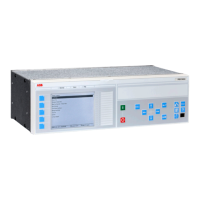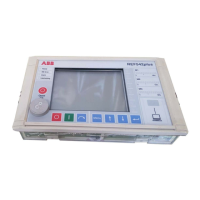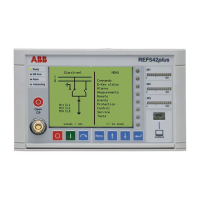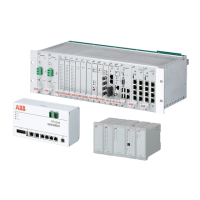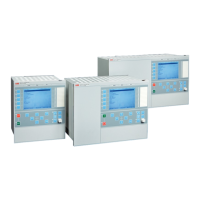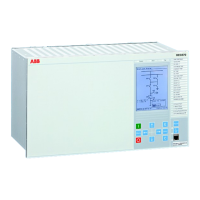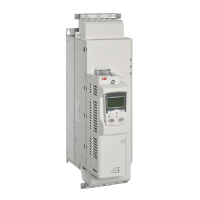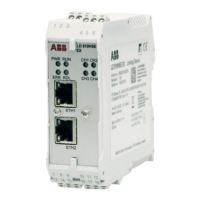but in the unused taps, owing to auto-transformer action, voltages much
higher than design limits might be induced.
Basic data:
Current transformer ratio: 100/5 A (Note: Must be the same at all locations)
CT Class: C200
Secondary resistance: 0.1 Ohms (At 100/5 Tap)
Cable loop resistance: <100 ft AWG10 (one way between the junction point and the farthest
CT) to be limited to approximately 0.1 Ohms at 75deg C
Note! Only one way as the tertiary power system grounding
is limiting
the ground-fault current. If high ground-fault current exists use two way
cable length.
Max fault current: The maximum through fault current is limited by the reactor reactance
and the inrush will be the worst for a reactor for example, 800 A.
Calculation:
800
(0.1 0.1) 8
20
VR > × + =
EQUATION1768-ANSI V1 EN-US (Equation 18)
Select a setting of
TripPickup
=30 V.
The current transformer knee point voltage must be at least, twice the set operating voltage
TripPickup
.
( )
2 0.1 100 0.7 147 VVkneeANSI > + × × =
EQUATION1779-ANSI V2 EN-US (Equation 19)
that is, greater than 2 ˣ
TripPickup
.
Check from the table of selected resistances the required series stabilizing resistor
value to use. Since this application requires good sensitivity, select R Series
= 100
ohm, which gives an IED current of 200 mA.
To calculate the sensitivity at operating voltage, refer to equation
20, which gives an
acceptable value
, ignoring the current drawn by the non-linear resistor
. A little lower
sensitivity could be selected by using a lower resistance value.
100
(200 2 30) .5.2
5
IP approx A= × + × £
EQUATION1769-ANSI V1 EN-US (Equation 20)
Section 7 1MRK 511 401-UUS A
Differential protection
144 Bay control REC670 2.2 ANSI
Application manual
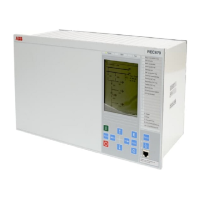
